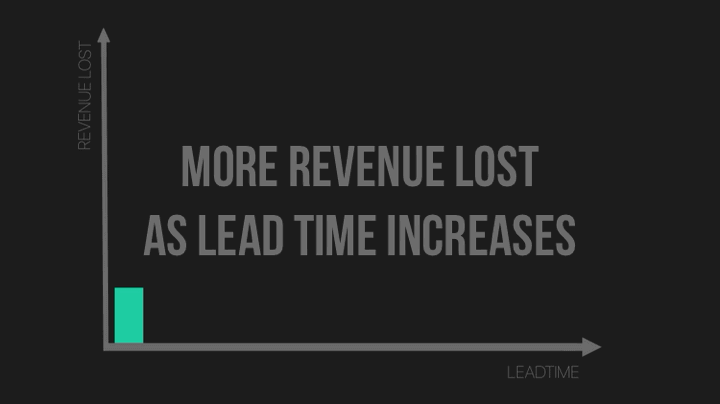4 min read
There is a clear correlation between the mode of shipping you choose, and the final cost of products procured for use in your business. This fact is certainly not up for debate. What’s interesting however, is that product costs are further compounded by the fact that import duty is charged not only on the cost of the item but the cost to have the said item shipped to your home country. Needless to say, it is in your best interest to choose the most cost-effective mode of shipping in order to maximize savings.
The cheapest method of shipping is not always the most cost effective
When taken at face value, it may be tempting to think that the most cost-effective method of shipping is clearly the cheapest, but this may not necessarily be the case. In fact, this notion is what often leads most to hold firm to the belief that ocean freight is always the most cost-effective of the shipping modalities. However, in some cases it is the cheapest shipping mode that can potentially cost your business the most, and in turn impair your bottom line.
It is very important that when making the decision on how to ship your products, the actual cost of shipping is not your only consideration. You must also weigh up three other factors: the resultant import duty, whether there are other costs for services required when using a particular shipping mode (such as customs brokerage, handling and transport costs) and lastly, the cost to your business if you do not have the product in stock. We call this Four-Dimensional Logistics Thinking.
These four dimensions should guide your decision-making process as together they give a complete view of your total logistics cost.
4D Logistics Thinking in action
Consider the hypothetical scenario where you are a retailer living in Barbados and it’s heading into peak season. You are running low on stock for a particular item, so you purchased a top up online for $550 USD. Your shipment weighs 15 lbs and you are shipping it to Barbados from Miami. Let’s examine your shipping options and their associated costs.
Neither ocean freight nor airfreight include local Customs clearance, handling or delivery fees, so let’s assume a cumulative cost of $380 BBD covers the three. Also, not having the items in stock will cost your business $250 BBD per day in gross profit.
An analysis of the four shipping costs alone makes Courier 2 appear to be the least attractive choice and ocean freight to be the clear winner. However, this is so until the total logistics cost is considered. Adding the cost of Customs clearance, handling and delivery to the shipping cost for ocean freight, coupled with the $1,750 BBD in lost revenue due to the additional 7 days leads time (transit time plus clearance time), places ocean freight at the back of the fleet. It is just too much revenue to lose.
On top of that, if we look at the scenario in its entirety, we would realize that you are shipping during peak season. Therefore, you can potentially encounter an extended lead time due to an overwhelmed Port, which will cause you to further lose revenue every additional day that you lose access to your shipment. Furthermore, you would be forced to engage capital for an extended period of time with no return.
Similarly, when comparing airfreight to Courier 2, although airfreight is the lower shipping cost of the two, it becomes more expensive when the Customs clearance, handling and delivery charges are considered, as well as the extra day of lost sales. Note that clearance, handling and delivery fees are usually included in courier shipping costs.
As for the comparison between Courier 1 and Courier 2, Courier 1 quickly becomes more expensive since its lead time adds another $250 BBD to the shipping cost by virtue of your lost sales account.
Courier 2 is the clear winner here. It’s not a straight line however. Consider in this scenario you could also have opted to send a smaller shipment by courier, which would arrive quickly and hence safeguard against lost sales and irritated customers while you wait on the larger shipment to arrive via the cheapest shipping mode, ocean freight.
This is a typical example of how 4D Logistics Thinking can help protect your bottom line.
The intelligent shipper
The intelligent shipper is not a one-dimensional thinker that analyzes shipping costs alone but considers all four dimensions that make up the total logistics cost. This is key. Be the intelligent shipper.

